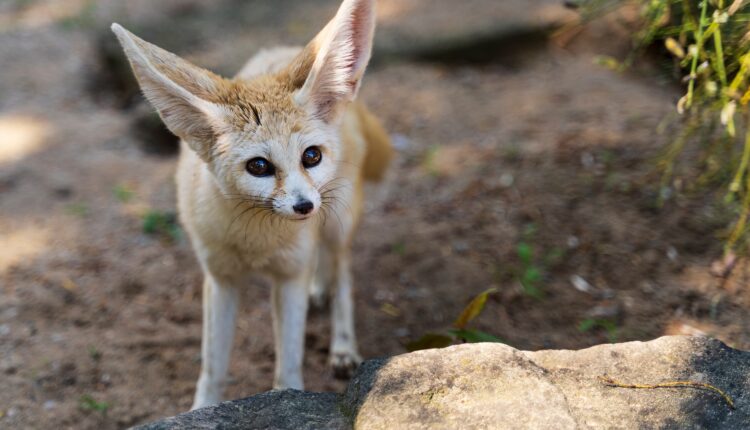
As International Bat Week draws to a close, the Wisconsin Department of Natural Resources (DNR) has been urging residents to support bat conservation efforts from Oct. 24-31, 2024, and beyond. This annual event highlights the crucial role bats play in ecosystems and encourages actions to protect these fascinating creatures.
About Wisconsin’s bats
Although they’re often misunderstood, bats are essential to maintaining ecological balance. These creatures provide substantial environmental benefits; insect-eating bats significantly reduce agricultural pests, leading to huge savings for farmers. Remarkably, a single bat can consume up to 1,000 mosquito-sized insects in just an hour, making them invaluable for natural pest control.
Eight bat species can be found in Wisconsin, but conservation concerns are heightened as four are classified as state-threatened: the big brown bat, little brown bat, northern long-eared bat (which is also federally endangered), and tricolored bat. Additionally, the silver-haired bat is deemed a species of special concern due to its declining numbers.
The primary threat to Wisconsin’s bats is white-nose syndrome (WNS), a devastating disease caused by a fungus that affects bats during hibernation. This disease depletes bats’ energy reserves, making survival until spring difficult. Since WNS was first discovered in Wisconsin in 2014, it has severely impacted bat populations, with a notable decline at a key hibernation site from 1,000 little brown bats to just nine by 2018.
Encouragingly, recent surveys by the Wisconsin Bat Program have shown positive trends at major hibernation sites, indicating a gradual recovery. Jennifer Redell, a DNR conservation biologist, noted, “Our program concluded hibernation surveys at our largest sites in early 2024, and we were surprised at how rapidly numbers were rising for three winters in a row.” Despite these signs of recovery, bats remain vulnerable to WNS each winter.
How to support local bats
Residents can assist in bat conservation by taking simple actions to support these mammals.
- Consider building a bat house; guidance can be found here.
- Get involved in an International Bat Week event.
- Enhance your garden with native plants to support local ecosystems.
- Manage burdock on your property to prevent it from endangering bats and birds. Avoid composting after seeding to limit its spread.
- Maintain a yard free of insecticides and herbicides to protect bats from harmful chemicals in their food.
- In places where bats might be present, such as basements or outbuildings, ensure items like buckets are not left upright to prevent accidental trapping.
Get involved
If you want to get involved in Wisconsin’s efforts to protect bats, you can become a volunteer with the Wisconsin Bat Program, sign up for email updates about bat conservation, or donate to the Endangered Resources Fund.
For those interested in learning more about bats, the Wisconsin DNR provides additional information on its FAQ page. You can also learn more on the International Bat Week website.
Read More Here
Read More Wisconsin News
This article may have been created with the assistance of AI.
This article first appeared on Good Info News Wire and is republished here under a Creative Commons license.
READ MORE: Go Batty: October is Bat Appreciation Month

Learn about 10 endangered species that call Wisconsin home
Learn about 10 of the endangered species that live in Wisconsin and how you might be able to help them. Wisconsin is home to an abundance of...

3 pets that are banned in Wisconsin (+ 3 that surprisingly aren’t)
While Wisconsin may be called the "Badger State," it's uncommon to find locals keeping pet badgers in their homes … right? While most people in...
No Results Found
The page you requested could not be found. Try refining your search, or use the navigation above to locate the post.

